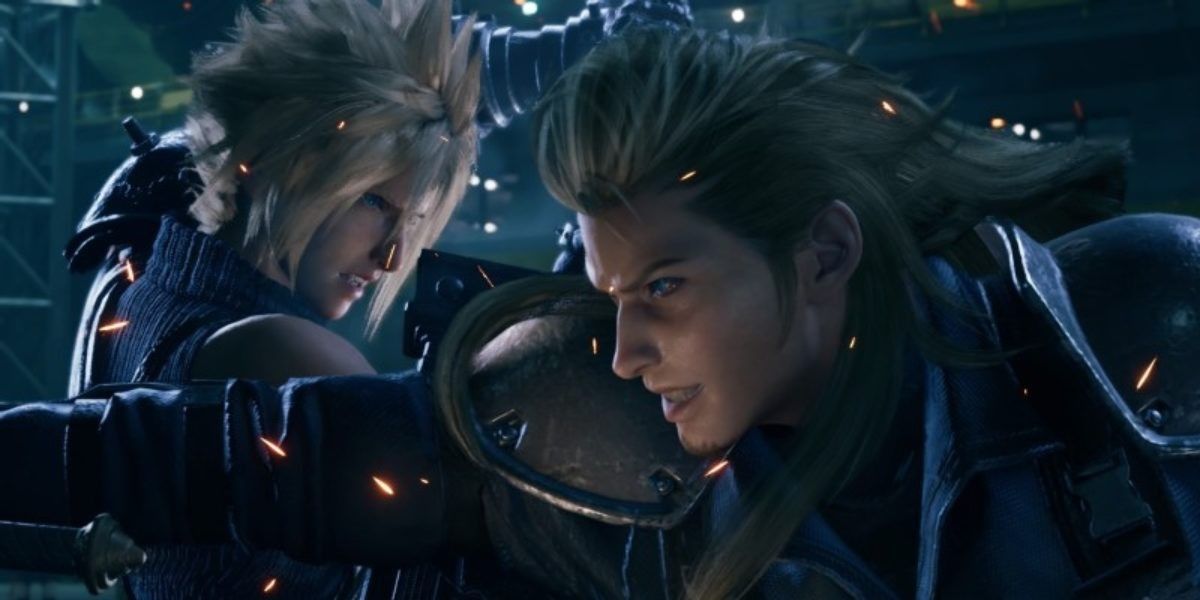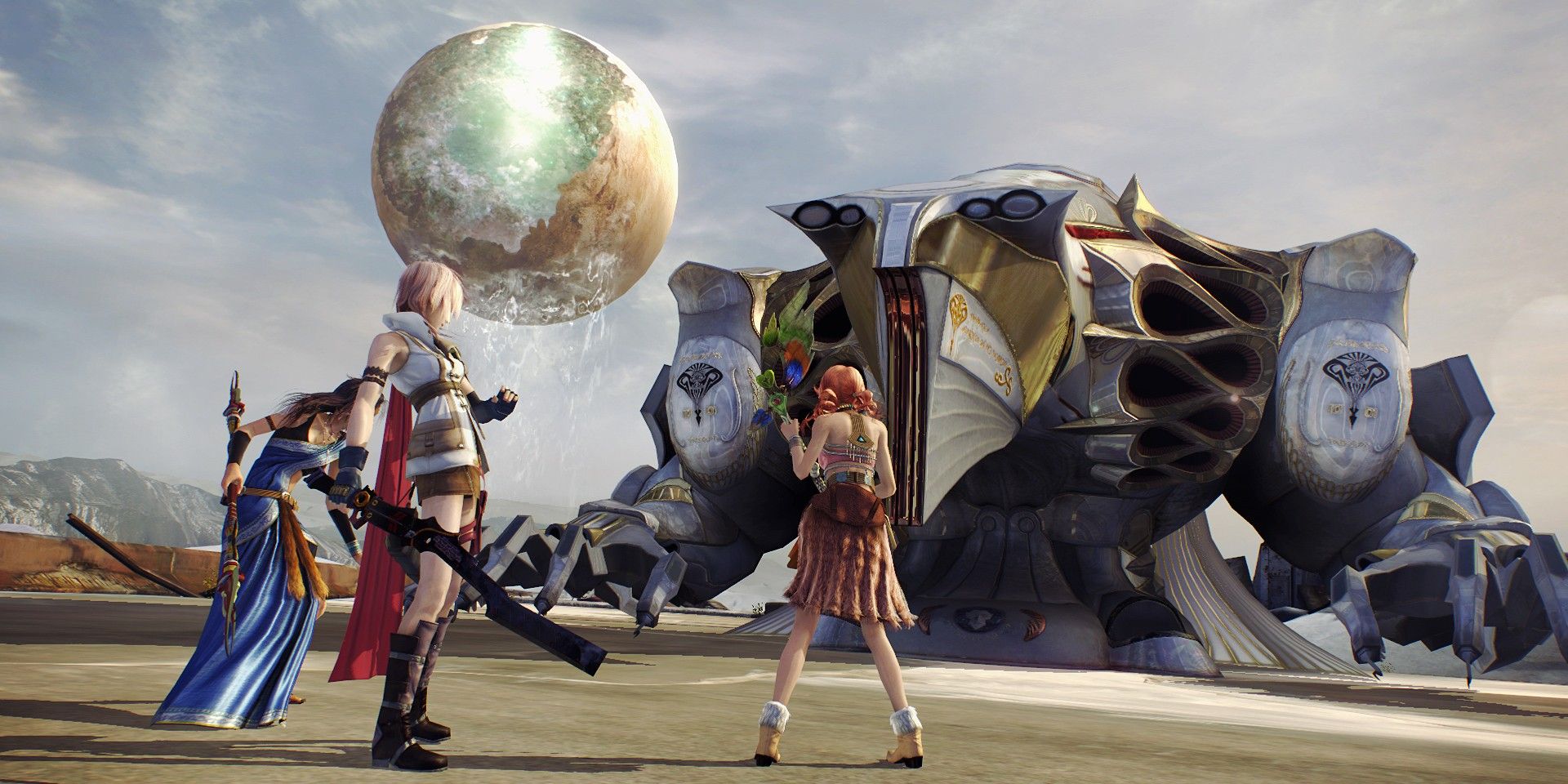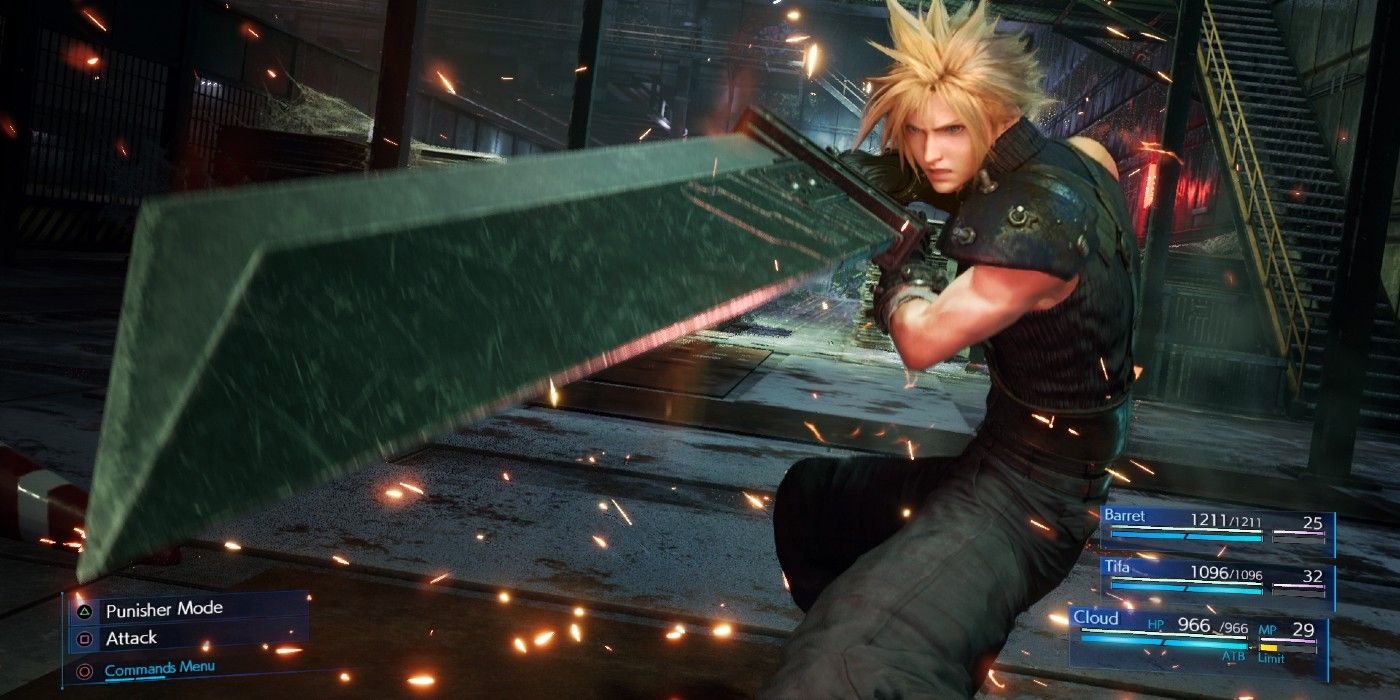The Final Fantasy 7 Remake is more than a simple update; it's a complete reimagining of the original game. One of the vital parts of the game is the combat system, which mixes elements of action and turn-based combat. It's a unique system, unlike anything the series has seen before.
For all the combat does, however, it's not without precedent. Final Fantasy has been experimenting with different combat systems for years, and Final Fantasy XV was the first one to try and implement truly real-time battles, but it was flawed.
Final Fantasy 7 Remake feels like a true realization of what Final Fantasy XV set out to do, and it looks to the series' past to create something new and exciting.
Final Fantasy 7 Remake Blends the Best Elements of Past Games
The Final Fantasy 7 Remake doesn't just draw from Final Fantasy XV, it takes some of the best ideas from across the series. The game uses the Materia and equipment system from the original Final Fantasy 7 to encourage diverse character builds, however, each weapon now has a leveling system similar to the Crystarium of Final Fantasy XIII. Another element lifted directly from XIII is the stagger system. By exploiting the enemy's weaknesses, and just generally attacking, players can raise an enemy's stagger bar. When full the enemy will enter a fully staggered state, where damage is highly increased until the bar drains again.
While these are direct influences from Final Fantasy XIII, there are deeper influences in the Final Fantasy 7 Remake. Each weapon in the Remake will teach that character a special combat move once they've used it enough, something similar to the equipment system in Final Fantasy IX. On top of that, each of the game's four playable characters fills a unique role, like in Final Fantasy X. Cloud is great at physical attacks and taking enemy attention, Tifa focuses on quick combos and building stagger gauges, Barret specializes in long-range and fighting flying enemies, and Aerith is the expert magic-user and healer. Each character can be played around with and use the same spells, of course, but they fill in a basic role. All of these elements combine to make a system that feels uniquely Final Fantasy, even though its hugely action-focused, like the previous mainline release.
Final Fantasy 7 Remake Finally Delivers On XV's Idea of Action
Final Fantasy XV was the first game in the mainline series to sport an action-focused combat system, rather than turn-based or active-time battle based. On a lot of fronts, it succeeded with fun character interactions and team attacks, and a lot of variation between weapons. It wasn't perfect, of course, and came with plenty of flaws in terms of difficulty and control.
The key difference with Final Fantasy 7's combat system comes with the ATB system, and how it affects battle. As characters deal damage and take damage their ATB bar fills, and once a section is full they can use one command, whether it's using a spell, an ability, or an item. This means that all characters can do until they build ATB is basic attacks or strong attacks. With the ability to switch characters at any given time, the ATB system encourages players to be dynamic and adapt as each character specializes in something.
At launch Final Fantasy XV only let players take on the role of Noctis, while the four other party members were controlled by AI. It's the same idea as the Remake with Prompto focusing on ranged support, Gladeo on tanking, and Ignis on team support and magic, while Noctis is an all-rounder. Later updates would make the whole cast playable, but Final Fantasy 7 Remake nails that idea from the outset. Sure players can just control Cloud, but a major part of strategizing comes with switching between the three party members and using their unique moves. Somehow the Remake has managed to retain all the strategy and planning that made the original so great. Conversely, Final Fantasy XV feels like more of an impromptu brawl that players have to get through, rather than a hugely strategic affair.
Final Fantasy 7 Remake is action-packed and its combat runs at a blistering pace. But the game also knows that players need an option to slow things down and plan out their next moves, which is where the ATB system comes into play. The Remake has taken inspiration from across the series and created a combat system that feels like what Final Fantasy always wanted to be. It sets out to redefine the series' combat just like Final Fantasy XV did, but succeed where that title didn't.



